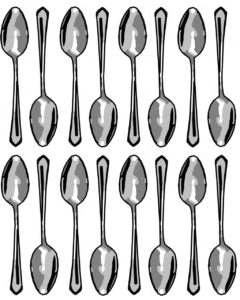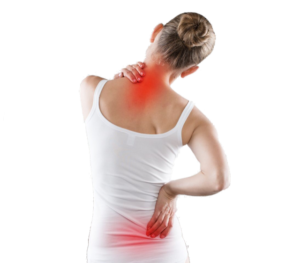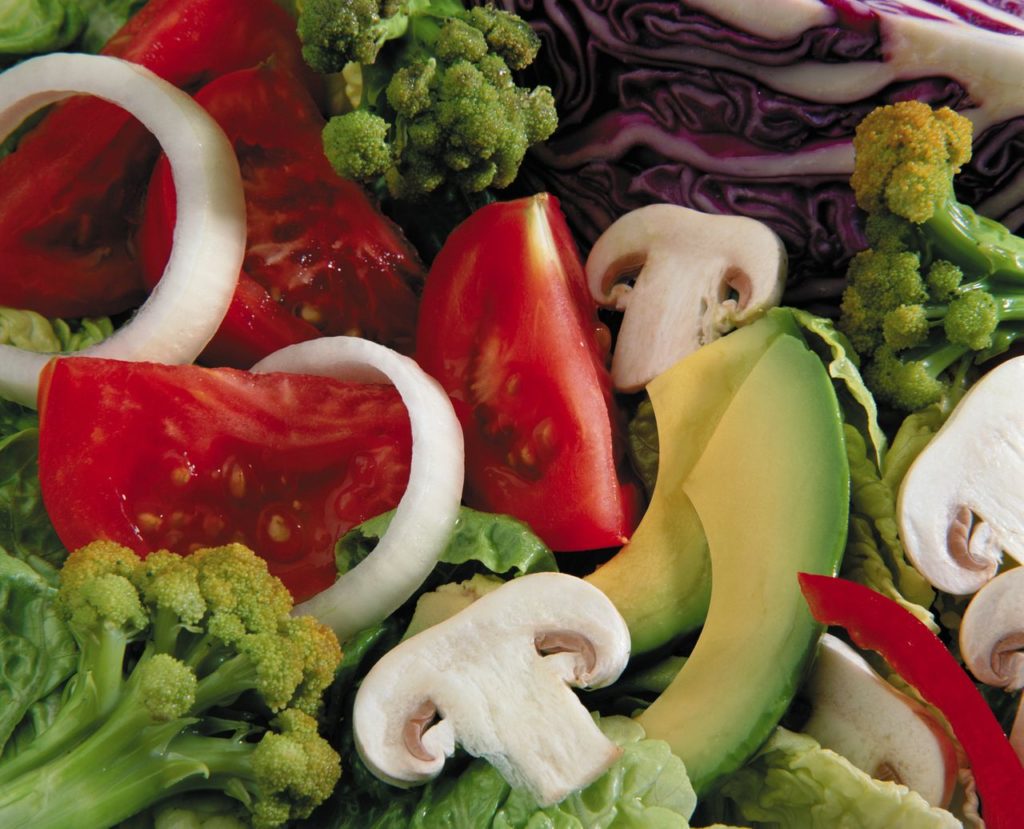
Have you heard of the spoon theory? The story goes like this: one day, a young woman by the name of Christine Miserandino was having lunch with a friend at a diner. She was trying to explain what it feels like to be chronically ill. She looked around and saw spoons on the table. She quickly grabbed the spoons at her table and the surrounding tables, handing them to her friend.
She said, “Imagine these are all the spoons you have to ‘spend’. Now, tell what you do in a day.â€
🥄 wake up and exercise… one spoon
🥄 shower… one spoon
🥄 blow dry hair…. one spoon
🥄 walk the dog…. one spoon
🥄 tidy up the house… one spoon
These activities already cost 5 spoons and she didn’t even leave the house yet! The list continued, until her friend had one spoon left and had to choose between cleaning up after dinner and going out with friends.
Her friend finally understood, asking her, “How do you do this every day?†She answered, “I have learned to live life with an extra spoon in my pocket, in reserve. You need to always be prepared.
People with invisible illnesses that are chronic have to consider each activity and its net spoon cost. Some days there are more spoons to spend, some days there are hardly any. Life with chronic disease is a daily struggle. Utilizing good nutrition to procure extra spoons can make the world of a difference. Never underestimate the value of the food on your spoon!




